Words Vidula KotianDate 18 April 2024
Her own explorations of solar design, such as the award-winning “Sunne” lamp, underline the designer’s question: “Why can’t energy be beautiful?” Designed to be hung in front of windows, the lamp is equipped with photovoltaic cells and generates its own energy. Van Aubel is currently part of the “Transform! Designing the Future of Energy” exhibition at Vitra Museum. We caught up with her about her solar journey, how to prevent solar energy from becoming the “asbestos of the 21st century”, and her visions for the future of this endless source of energy.
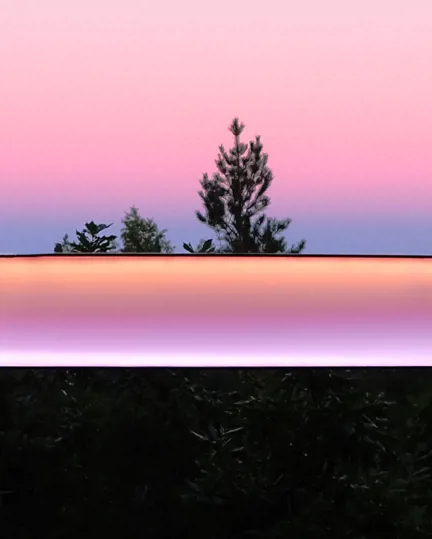
Sunne lamp has three settings that mimic the natural course of the sun
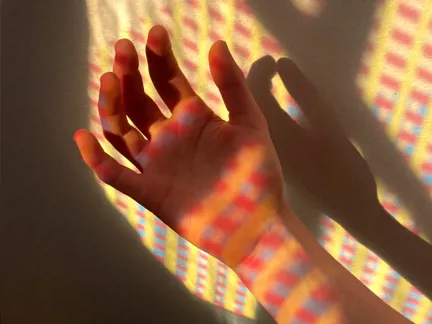
Solar reflections in Van Aubel's studio
I’ve always been fascinated by the power of the sun and the fact that there is so much unused energy in front of us. We mostly know solar power from these blue squares on rooftops. I wondered why there weren’t more well-designed objects that integrate solar in a beautiful way. I wanted to transform it into something useful and attarctive, something that people would want to have in their daily lives and that could bring us a step closer to a more sustainable future.
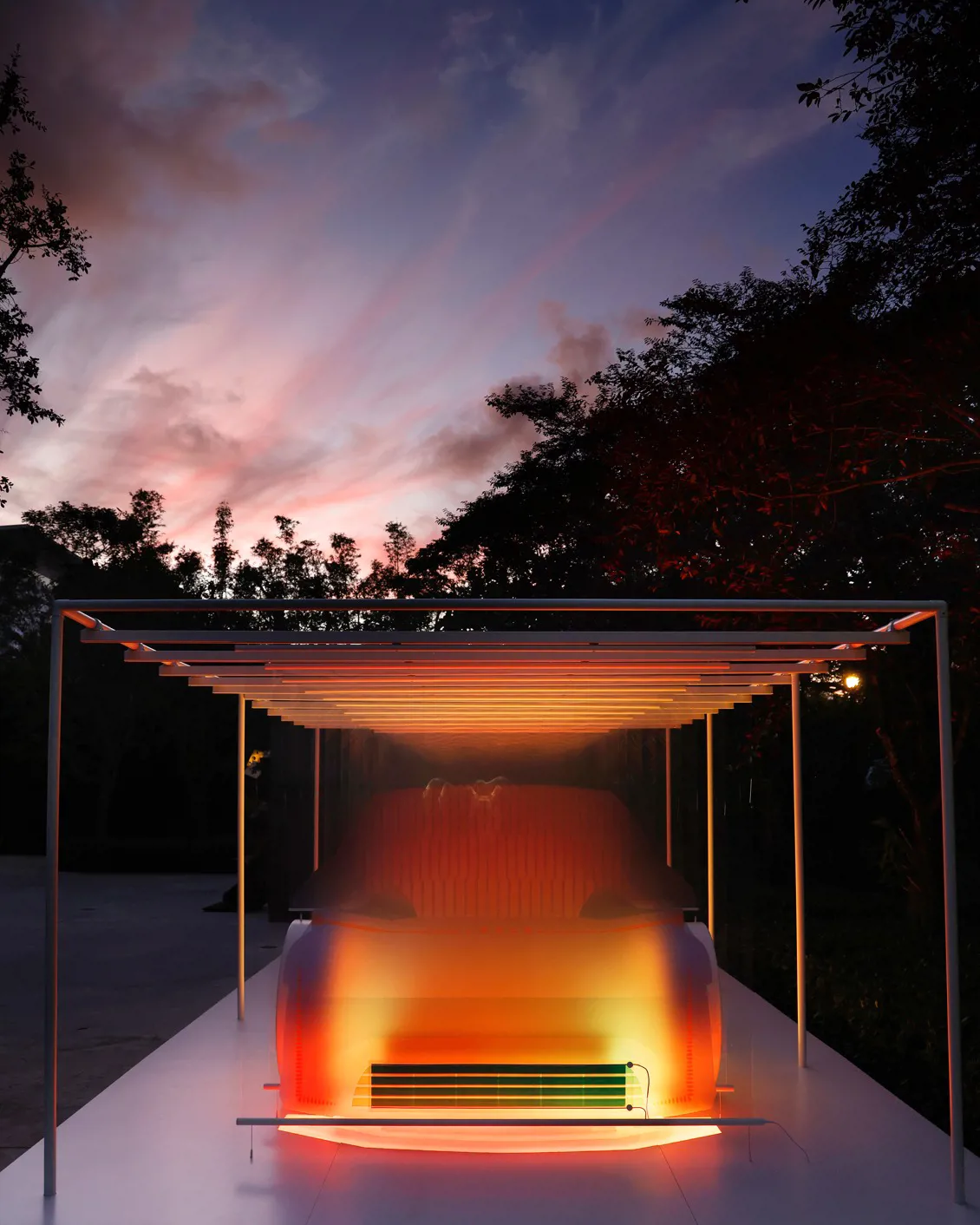
The "8 minutes and 20 seconds" interactive solar sculpture which is the time sunlight takes to reach Earth
One of the first goals after the introduction of solar energy to the market was to increase efficiency and reduce the cost of modules. The industry has successfully achieved that goal, and now solar energy is already the cheapest source of energy in a lot of countries, which is great.
However, we need to consider all aspects of its impact. Many modules use materials that cannot be fully recycled or upcycled. Even if they last more than 40 years, we are postponing the problem to the future. We need to avoid repeating the same mistake we are currently facing with plastics, where we are creating plastic islands that are causing serious harm to our environment and the species that live in it. In order to prevent solar energy from becoming the asbestos of the future, it is therefore necessary to look at the entire spectrum of solar energy.
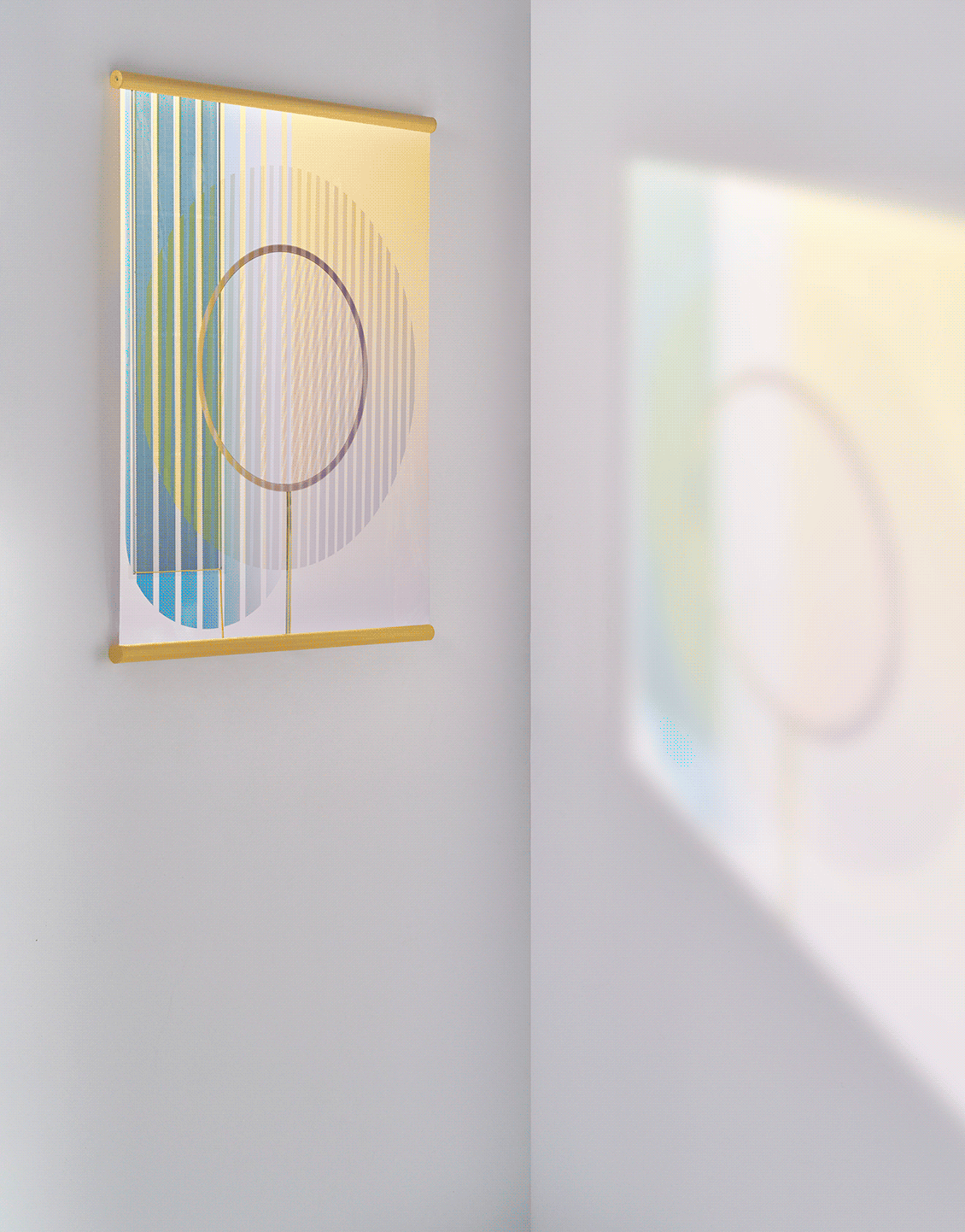
"Ra" uses colorful photovoltaic cells turns solar energy into art
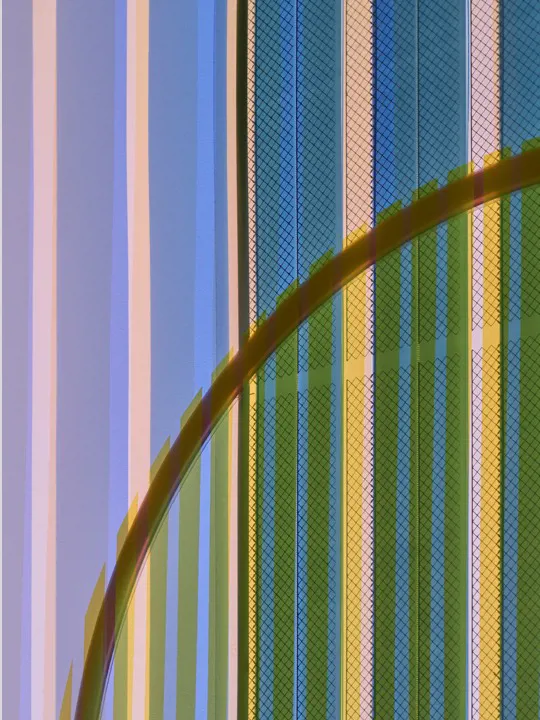
The self-powering solar design is currently on show at the Vitra Museum
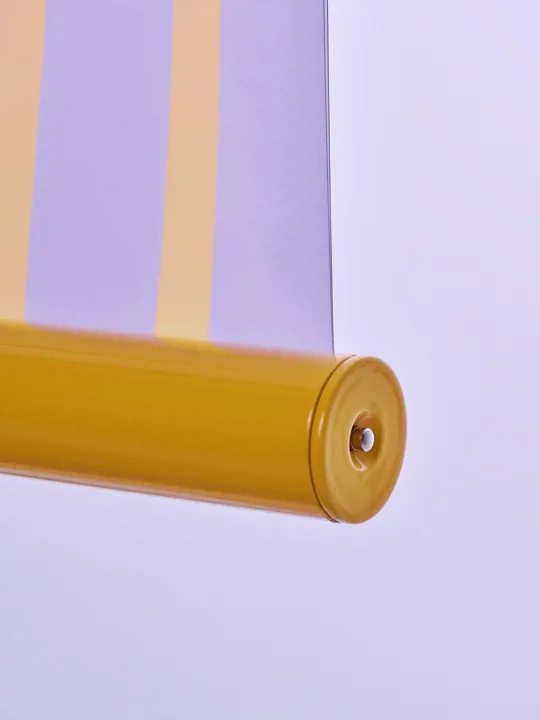
Ra is named after the ancient Egyptian sun god
The Sunne journey began on Kickstarter, where we not only reached our funding goal within 48 hours but surpassed it, achieving 200% of our initial target. Since then, demand has grown steadily. We wanted to bring the sun inside people’s homes, so we created three settings that mimic the natural course of the sun: Sunne Rise, Sunne Light, and Sunne Set. We hope this inspires people to reflect on the beauty of using solar energy at home and sparks interest in the technology behind it.
The response has been great from customers as well as international institutions and museums that have acquired “Sunne” for their permanent collections. The solar lamp has traveled to many countries and is currently featured in Milan during Salone Del Mobile. Also on display is the immersive installation “The Interactive Sun”, which consists of 16 Sunnes and extends “8 Minutes and 20 Seconds”, commissioned by Lexus. The interactive outdoor experience offers visitors a glimpse into the future of solar design and its possibilities. It’s been an exciting journey so far, and we’re already working on new lamp designs to expand the Sunne family.
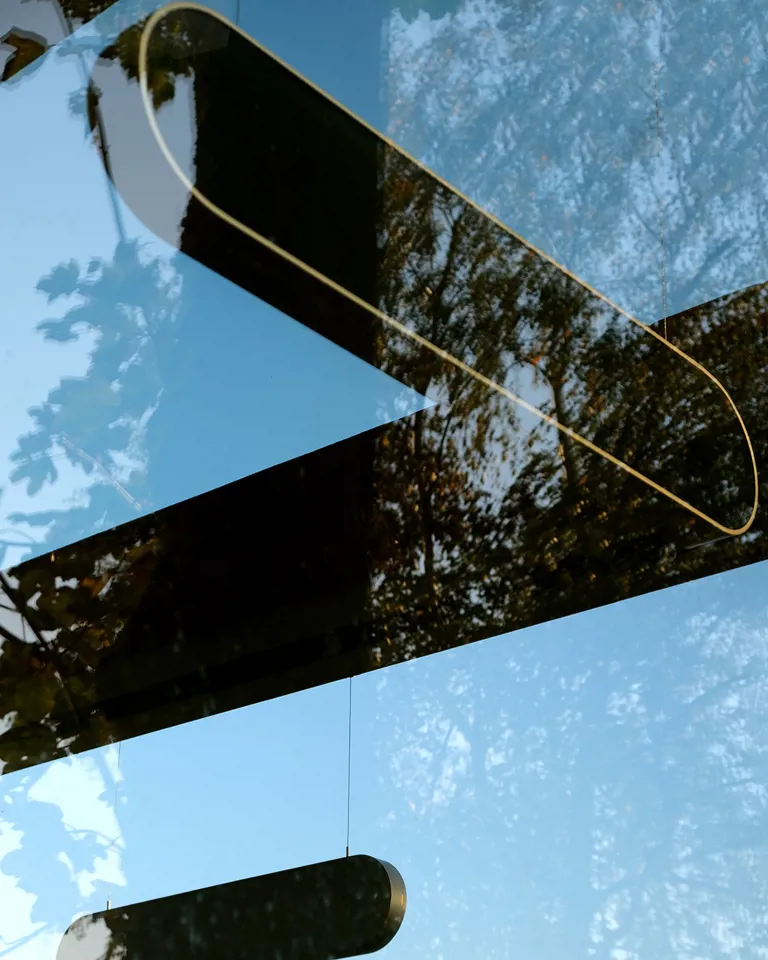
Sunne won Dezeen's lighting design of the year 2021
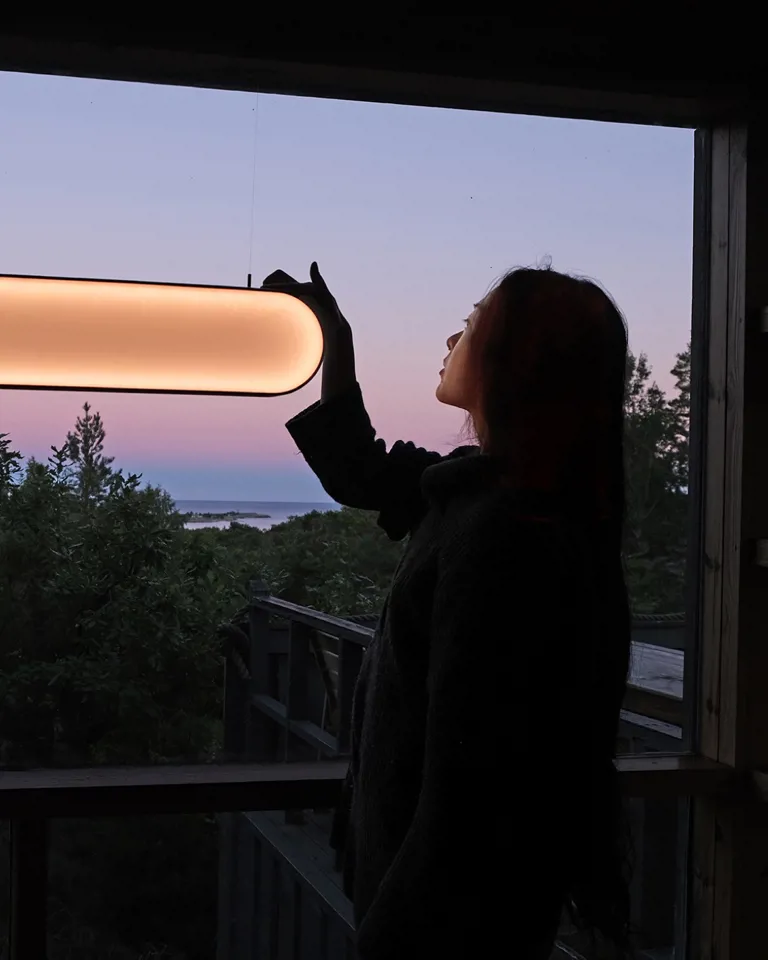
The solar lamp automatically turns on when the sun goes down
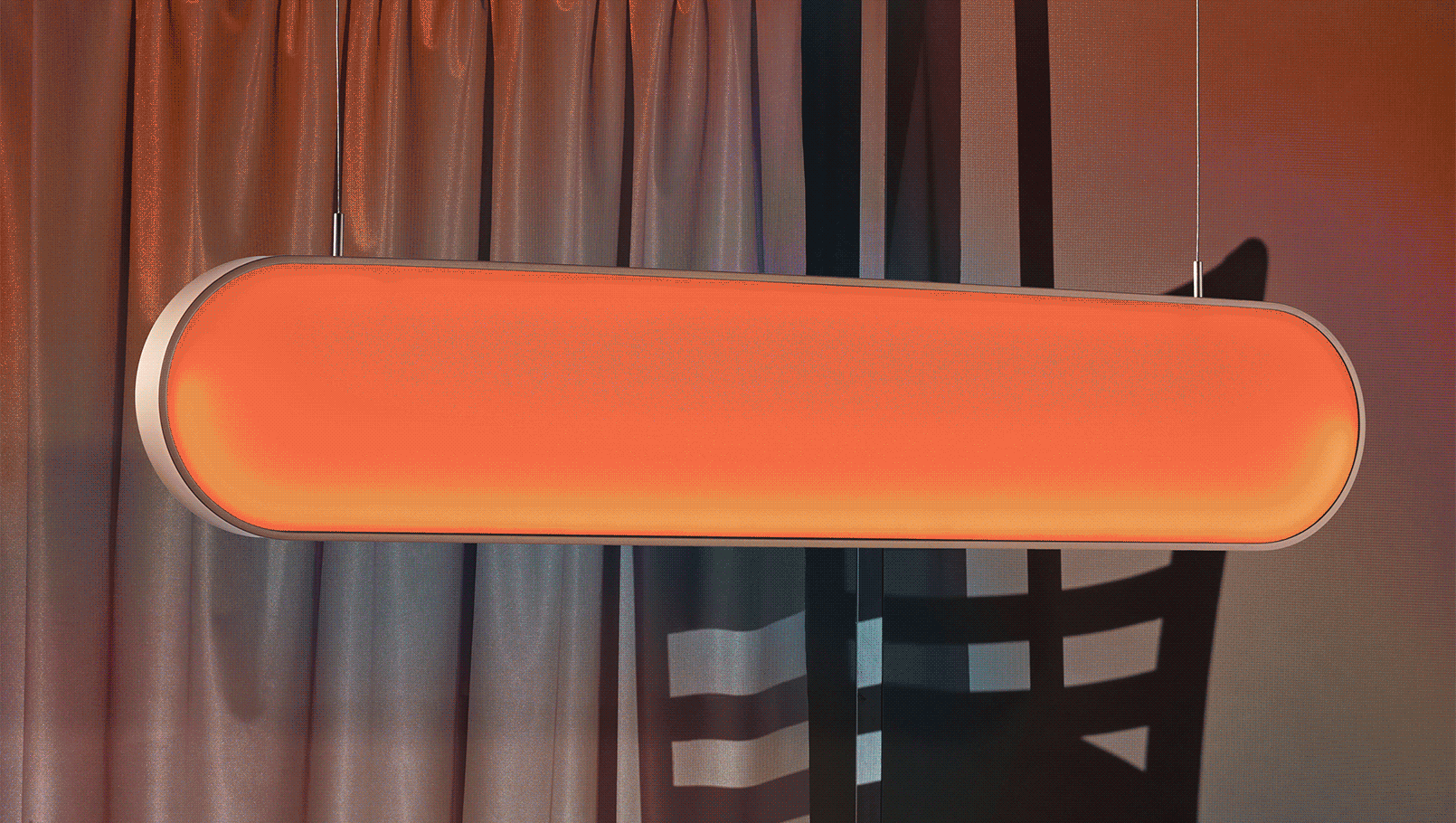
There is a lot happening in the field at the moment. Pauline van Dongen, for example, developed the textile “Suntex”, which has great potential. Organic thin-film photovoltaics are woven into this textile, resulting in a lightweight and flexible material with diverse applications. It can be attached to facades and used as shading structures, as well as in interior design. Additionally, various research groups are conducting promising experiments and trial projects with solar paint. This paint can be used just like ordinary paint, but at the same time it generates electricity.
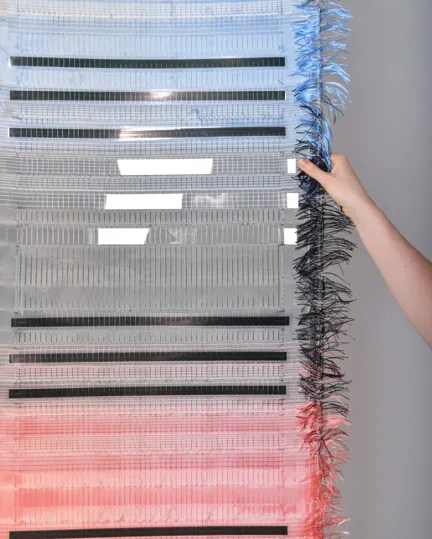
"Suntex" is a durable and water-resistant solar textile
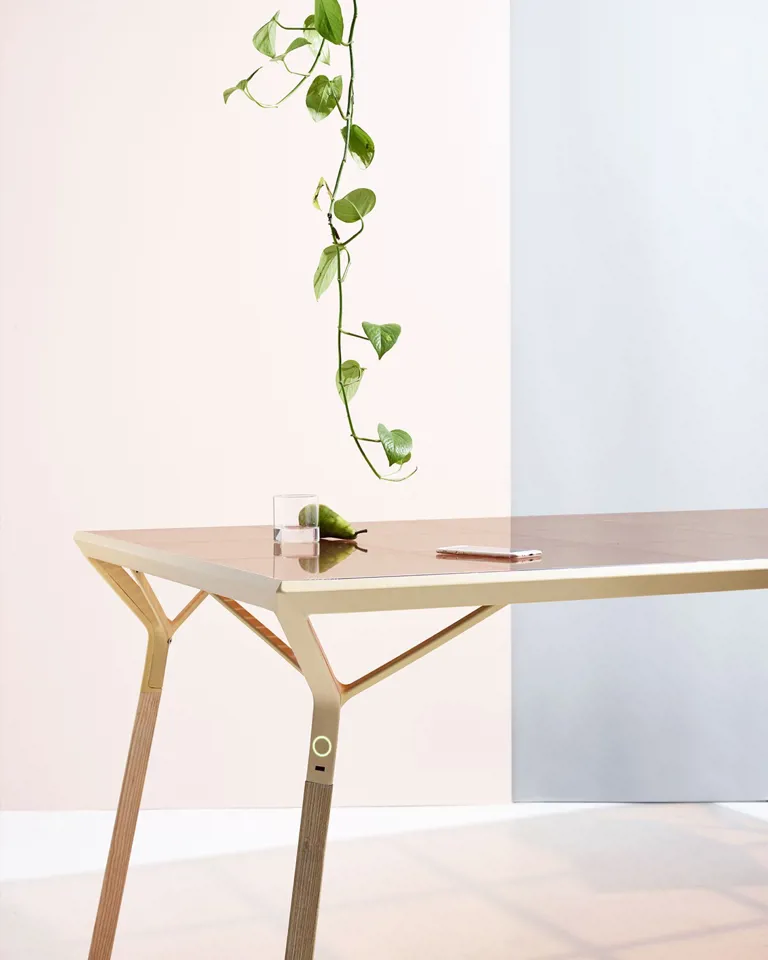
"Current Table" is a workstation that generates energy from daylight and uses it to charge appliances
It would be great if, in the future, a house could be considered broken if it isn't self-sufficient in energy. Solar energy could play a major role in this. I imagine solar elements integrated into building facades, colors, streets, clothing, and every conceivable surface and material as a harvesting station. Living sustainably is no longer a rarity but is becoming increasingly mainstream, which is amazing. Many companies now have sustainability goals, and it’s also an integral part of art and design school curriculums. So not only am I seeing huge advances in solar technology research and education, but also more designs that integrate solar technology in wonderful ways. If we integrate it well, make it beautiful and accessible, we can democratise it on a large scale. Designers have a big role to play in this. There’s so much potential, and we are only at the beginning.
Portrait image courtesy Sander Plug
Solar reflections image courtesy Renee de Groot
"8 minutes and 20 seconds" image courtesy Steve Benisty
Suntex image courtesy Anna Wetzel